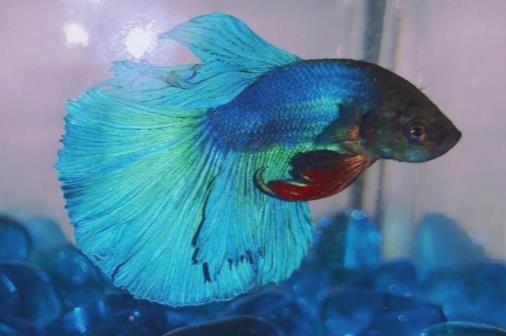Betta Fish Feeding Guide
I. Betta Fish Dietary Characteristics
Natural Diet: Wild bettas primarily prey on aquatic insects, small crustaceans, and organic detritus.
Captive Diet: They can accept a variety of foods but require a high-protein nutrition profile.

II. Recommended Food List
1. Live/Frozen Feeds (Best Choice)
Brine Shrimp: High in protein, ideal for feeding young fry (first food).
Bloodworms/Red Worms: Thaw before feeding; offer 2–3 times per week.
Daphnia: Natural live food containing chitin, which aids digestion.
Black Cherry Shrimp: Remove heads and tails before feeding; provides natural astaxanthin.
2. Commercial Feeds (Daily Staple)
High-protein pellet food (protein content ≥ 40%)
Flake food: Suitable for small-sized bettas.
3. Plant-Based Supplements (Nutritional Support)
Spirulina powder: Can be mixed into regular feed.
Cooked spinach leaves: Offer 1–2 times per month.
III. Feeding Notes
Fry (< 3cm): Feed ultra-microscopic food like paramecium or vinegar eels.
Adult Fish: Feed twice daily, with each portion no larger than the size of the fish’s eye.
Taboos: Avoid goldfish food (contains excessively high plant protein).
Special Handling: Fully thaw frozen feeds; disinfect live feeds with salt water.
IV. Feeding Frequency Recommendations
Fry: 3–4 small portions per day.
Adult fish: 2 fixed feedings per day.
Breeding period: Increase the amount of live feeds.
V. Troubleshooting Common Issues
Refusal to Eat: Check water quality or switch to a different type of food.
Indigestion: Stop feeding for 1 day and add probiotics.
Overweight: Reduce feeding of high-fat live feeds.
Tip: Rotate between multiple food types to ensure balanced nutrition. Clean up leftover food promptly after feeding to maintain water clarity.
